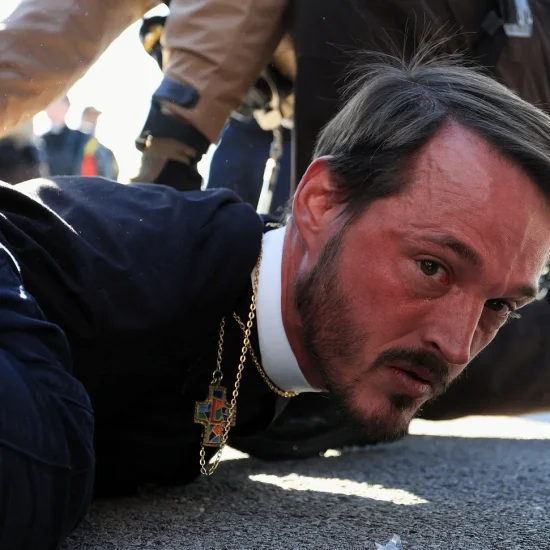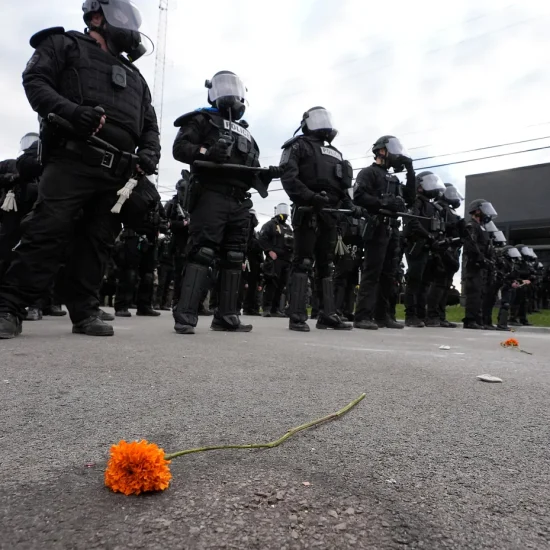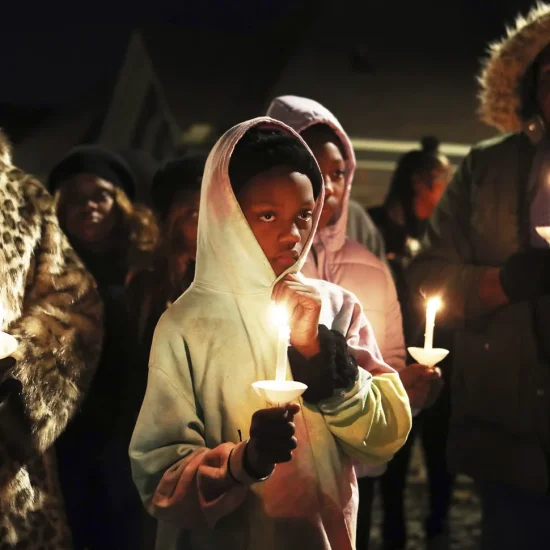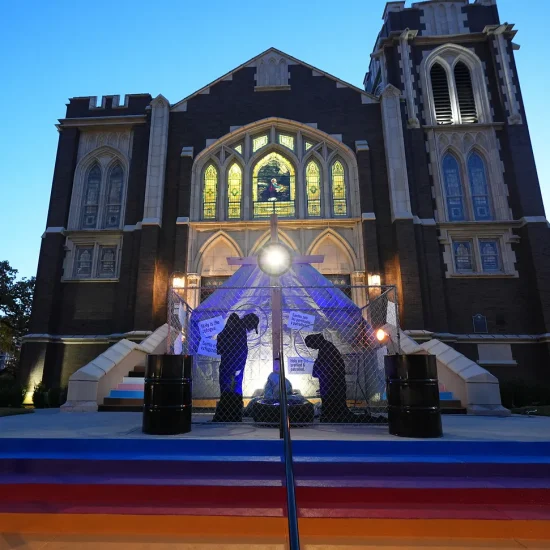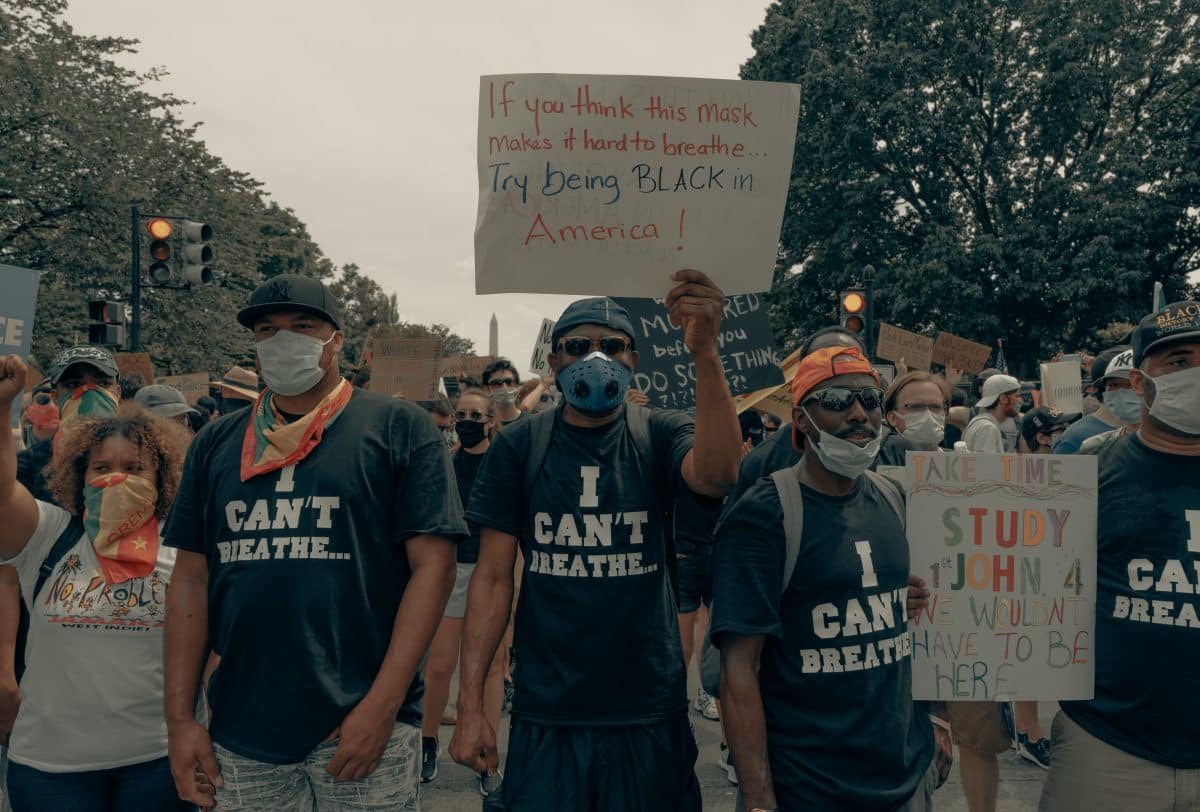
“The Word became flesh and made his dwelling among us.” (John 1:14)
In the Cotton Patch Gospel musical (based on the biblical translation with that name), when Georgia Gov. Herod learns of the birth of a prophesied new leader in the little town of Gainesville, Georgia, he orders his men to take care of it. So, a bomb is tossed into a church nursey on Sunday morning, killing 14 infants and toddlers. But Jesus is safe since Joseph had taken the family to Mexico.
I thought of that moment a couple years ago while worshiping at 16th Street Baptist Church in Birmingham, Alabama. On a Sunday morning in 1963, members of the KKK ignited 19 sticks of dynamite next to the church, killing four young Black girls.
The KKK targeted the church because it served a key organizing space for civil rights efforts in the city. The local leader of the movement, Rev. Fred Shuttlesworth, pastored another Black Baptist church in town. A few years earlier, someone tried to bomb his church. And another occasion his home was destroyed in a blast — on Christmas Day in 1956. Do you hear what I hear?
These moments, which the Cotton Patch story borrows from, helps us understand the context into which Jesus arrived. When the Word became flesh, he didn’t come to dwell in the mansion of Gov. Herod or the imperial capital of Caesar.
Instead, the Word came as an oppressed person. Someone who could be preyed upon for jogging in the “wrong” neighborhood. Someone who authorities could asphyxiate as powerless people watched for nine minutes. Someone who could be gunned down while studying the scriptures in their sacred space that’s supposed to be a sanctuary.
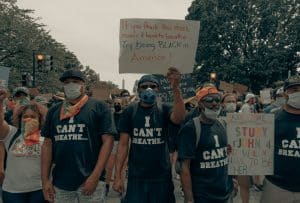
Protest march in Washington, D.C. on June 6, 2020. (Clay Banks/Unsplash)
Jesus came as a vulnerable baby to an oppressed people in a time of injustices. But those moments aren’t just from a time long ago in a land far away. They occur here. Well, not quite here where I sit. But here in our world today. Those of us with privilege and wealth must work harder to leave Herod’s court and see glimpses of Jesus.
Like maybe in a controversial painting of a Black Jesus recently stolen from a Catholic university. Or maybe in the sanctuary of 16th Street Baptist Church. The blast in 1963 blew out the stained-glass face of a White Jesus. Today, a stained-glass window of a Black Jesus beautifully illuminates the sanctuary. Do you see what they see? The Word became flesh.
Brian Kaylor is president & editor-in-chief of Word&Way.

NOTE: This is part of our Unsettling Advent devotionals running Nov. 28-Dec. 24. You can subscribe for free to receive them each morning in your inbox.


